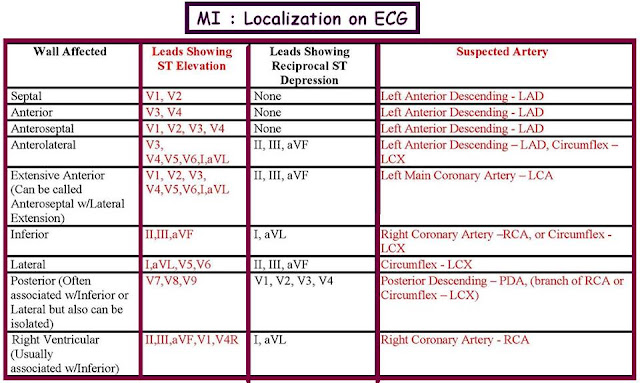One of the most notable features of USB-C is that it is reversible – there is no wrong way to plug it in. This is similar to Apple’s Lightning connector, which was introduced with the iPhone 5.
2) That’s pretty cool, but does this mean I’ll have another cable floating around in a drawer somewhere?
For a short while, yes, this will be yet “another cable.” However, once the new USB 3.1 standard is adopted, it will eliminate cable mess while giving you better functionality.
3) Besides the new physical connector, what else does USB 3.1 do?
USB-C transfers files, such as movies, music and hard drive back-ups, at a much faster speed. USB 3.1 also supports video and high-output charging at 20 times the power output of USB 3.0, all over a single cable.
4) This sounds very similar to Thunderbolt. Does this mean that Thunderbolt will eventually fade away?
Despite sounding very similar on the surface, Thunderbolt and USB 3.1 will coexist to serve different purposes.
USB 3.1 and USB-C will achieve greater mass adoption in the personal computing and mobile spaces since it is built on a protocol that is already understood by hardware developers.
Thunderbolt will continue to develop and is actually more advanced in terms of performance. However, it is too expensive for everyday users and will shift towards the high-end for professional video, audio and storage applications.
5) Okay, that makes sense. When can we expect to see devices out in real life?
USB-C standards are still in its early stages, but adoption by major manufacturers such as Apple will definitely jump-start the process. By the middle of 2015, cables, adapters and other accessories should be available for purchase. As other computer manufacturers integrate USB 3.1 into their computers, mass adoption will start to take off in late 2015. For reference, it took USB 3.0 about 18 months to gain traction with everyday users, so we can most likely expect a similar timeline for USB 3.1.
For More Informative Articles, Videos, Job opportunities and much more Please Like us on Facebook, Subscribe us on YouTube and Join us on Google+.


































